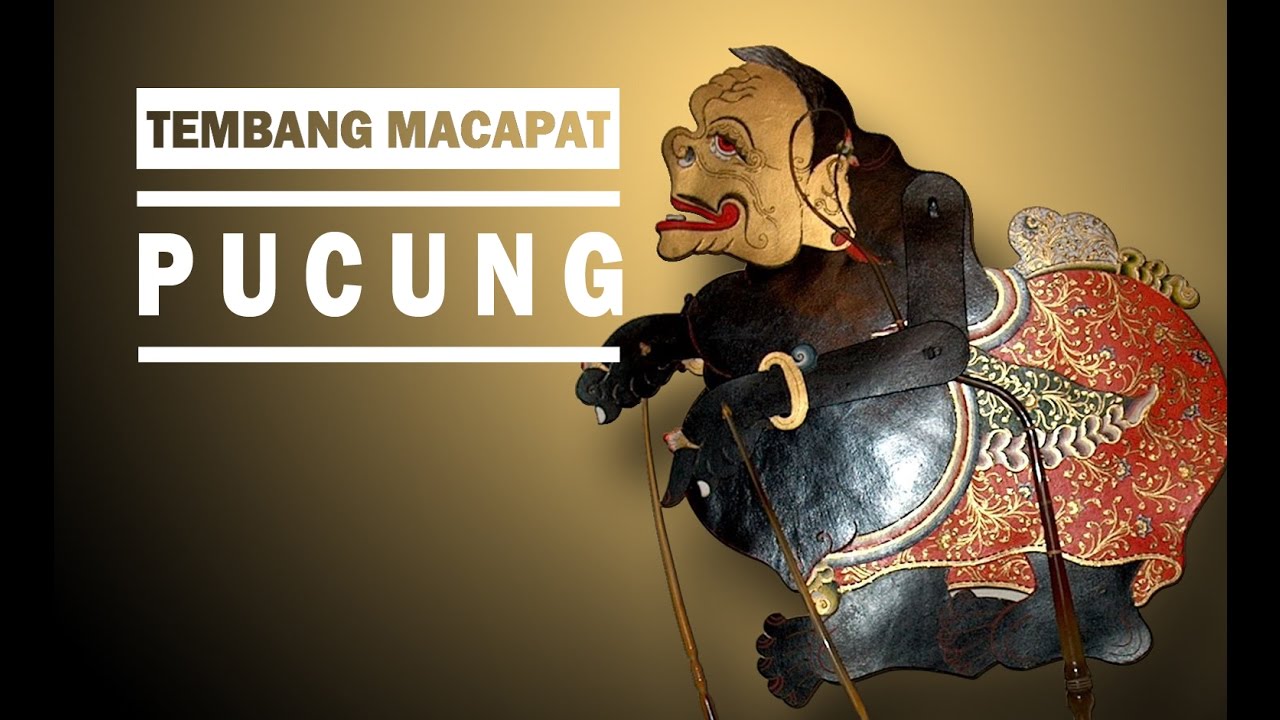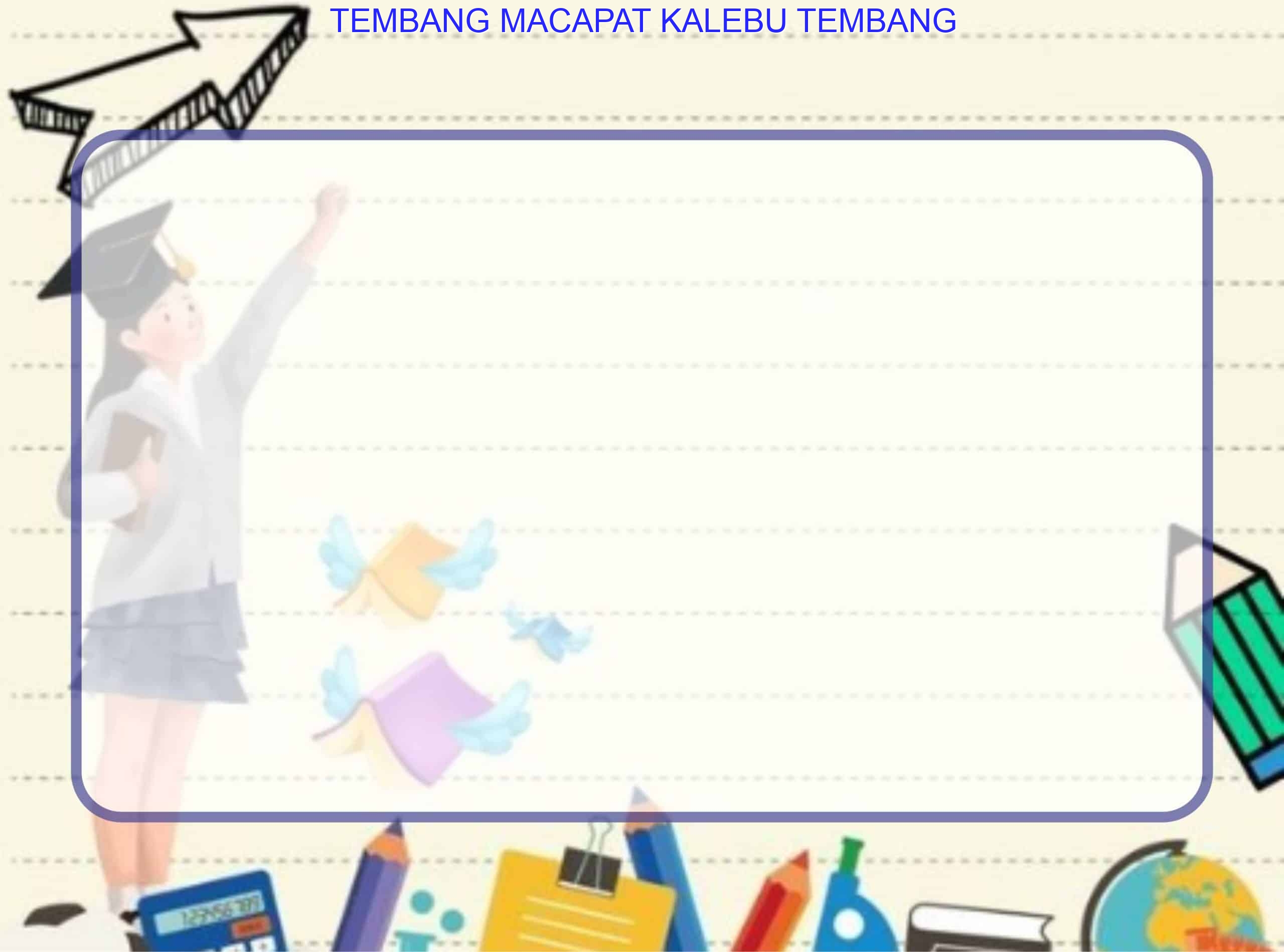tembang macapat kalebu tembang
Intro
Selamat datang di Liputanberitaku.com! Pada artikel ini, kami akan membahas topik menarik tentang tembang macapat kalebu tembang. Saya, sebagai penulis dengan pengalaman dalam bidang ini, akan membawa Anda dalam perjalanan mendalam ke dalam sejarah, struktur, dan jenis-jenis tembang macapat. Artikel ini akan memberikan wawasan yang kaya dan bermanfaat bagi pembaca. Mari kita mulai!

Etymology of Macapat
Macapat: Four-Four Verses
Etymologically, the term “macapat” is derived from the phrase “maca papat-papat,” which translates to “reading four-four” in Javanese. This refers to the way macapat is read, with four syllables at a time. Another interpretation suggests that macapat is related to the number of diacritical signs (sandhangan) in the Javanese script, which is relevant to macapat.
Macapat: Singing the Fourth Tune
According to the Serat Mardawalagu, macapat is an abbreviation of “maca-pat-lagu” in Javanese, which means “singing the fourth tune.” This highlights the musical nature of macapat and its connection to traditional Javanese melodies.
History of Macapat
Emergence and Influence
Macapat is believed to have emerged during the end of the Majapahit era in Central Java. Its development was heavily influenced by the Walisongo, Islamic saints who spread Islamic teachings in Java. However, it is important to note that macapat was already known in East Java and Bali before the arrival of Islam. The relationship between macapat and kakawin, classical Javanese poetry, is a subject of debate among scholars. Some argue that macapat is derived from kakawin, while others believe that macapat predates kakawin.
Revival and Modern Usage
Macapat continues to be an important part of Javanese culture. It has been rejuvenated and incorporated into the curriculum of Javanese language subjects in schools. The appreciation for macapat is not limited to its historical significance, but also its literary beauty and cultural value.
Structure of Macapat
Pupuh and Pada
Macapat consists of pupuh, which are further divided into pada. Each pupuh uses the same meter, which depends on the nature of the content being conveyed. The combination of pupuh and pada creates the distinct rhythmic pattern of macapat.
Guru Wilangan and Guru Lagu
In macapat, Guru wilangan refers to the rules of the number of syllables in each pada, ensuring consistency in the meter. Guru lagu, on the other hand, governs the rules of the final vowel sound in each larik or gatra. These rules contribute to the melodic quality of macapat.
Types of Macapat
Macapat is classified into three main categories: tembang cilik, tembang tengahan, and tembang gedhé. Each category has its own set of gatra, guru wilangan, and guru lagu. Some of the most well-known types of macapat include Pangkur, Maskumambang, Sinom, Asmaradana, and Dhandhanggula, among others. These variations offer different poetic flavors and are used for various purposes such as storytelling, expressing love, or conveying moral messages.
Table of Macapat – Tabel metrum dan gatra untuk setiap jenis macapat
Below is a table showcasing the metrum and gatra for each type of macapat:
| Type of Macapat | Metrum | Gatra |
|---|---|---|
| Pangkur | 3-4-3-4-3-4-3-4 | 2 |
| Maskumambang | 4-1-4-4 | 4 |
| Sinom | 2-2-4-2-2-4 | 2 |
| Asmaradana | 2-2-3-3-2-2-3-3 | 2 |
| Dhandhanggula | 4-1-4-4-4 | 2 |
FAQ about Macapat
Q: What is macapat?
Macapat is a traditional Javanese poetry known as tembang.
Q: When did macapat emerge?
Macapat is believed to have emerged during the end of the Majapahit era and the influence of the Walisongo.
Q: How is macapat structured?
Macapat consists of pupuh and pada, with specific rules for syllable count and final vowel sounds.
Q: What are the types of macapat?
Macapat is classified into tembang cilik, tembang tengahan, and tembang gedhé, each with its own poetic variations.
Q: What are some examples of Javanese literature written in macapat?
Some examples include Serat Wedhatama, Serat Wulangreh, and Serat Kalatidha.
Q: Can macapat be revitalized?
Yes, macapat has been rejuvenated and is taught in Javanese language subjects in schools to preserve and promote Javanese culture.
Conclusion
Summing up our exploration of tembang macapat kalebu tembang, we have delved into its etymology, history, structure, types, and even provided a table showcasing the metrum and gatra for each type. Macapat, as a traditional Javanese poetry form, holds a significant place in Javanese culture and literature. Its rhythmic patterns, melodic qualities, and meaningful content continue to captivate and inspire both scholars and lovers of poetry. Through its preservation and incorporation into modern education, macapat ensures that this rich tradition will be passed down to future generations.
